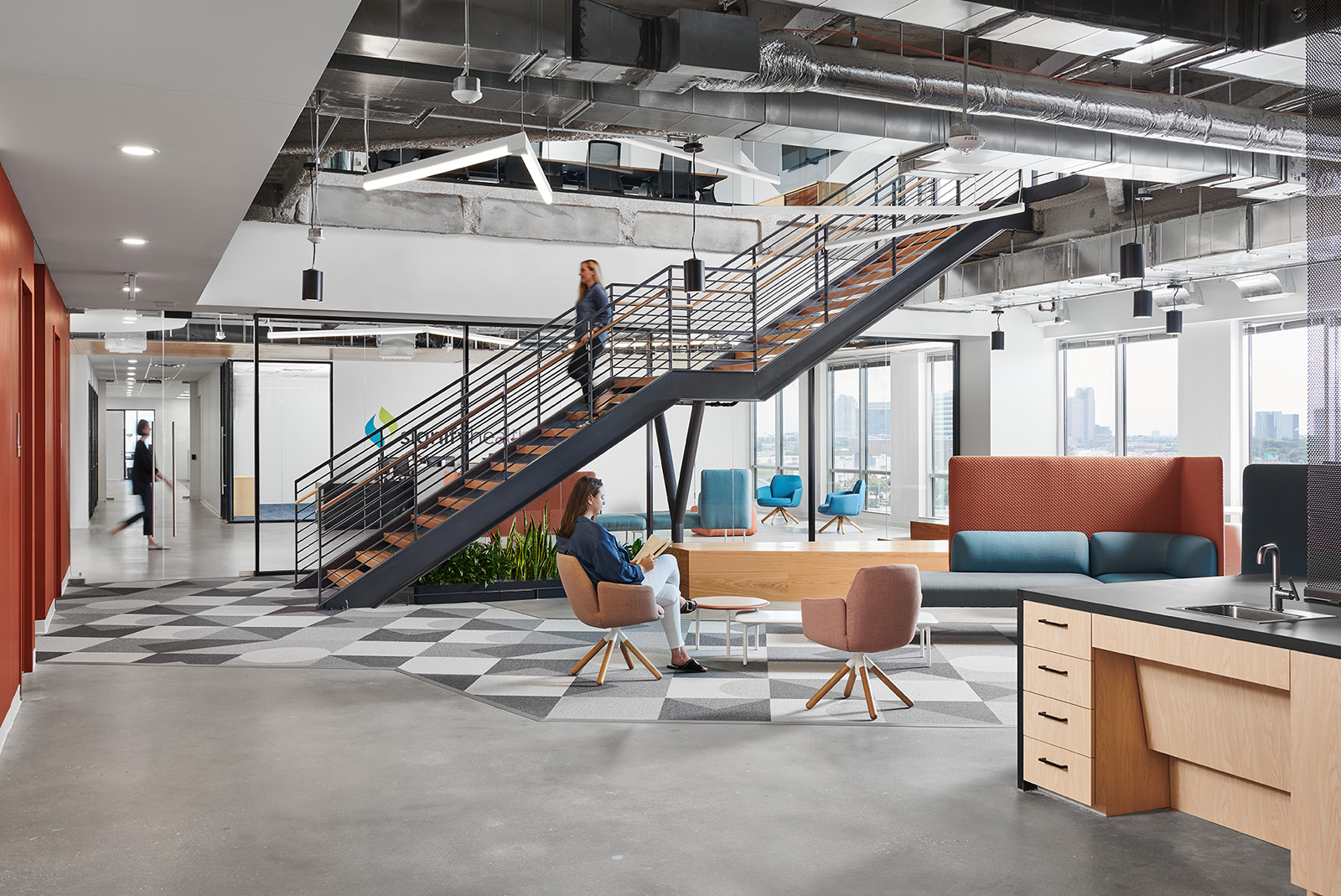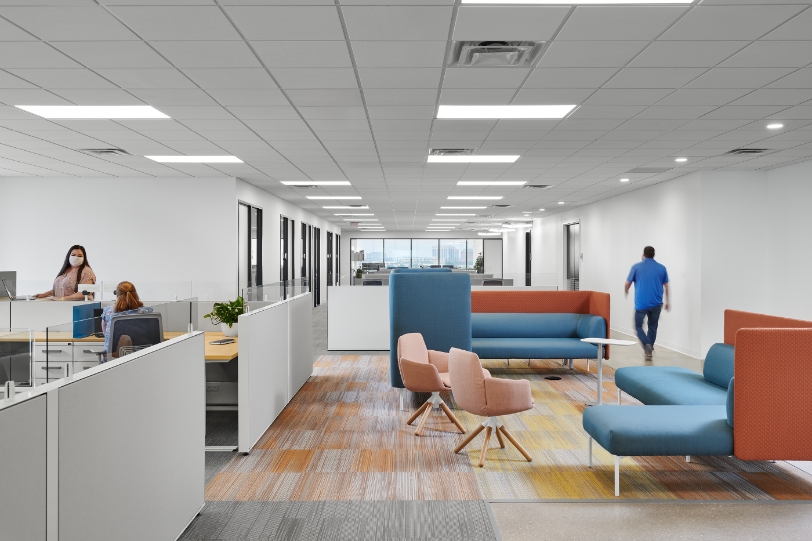
Environmental sustainability
Environmental sustainability
The health of our environment plays a critical role in human health and well-being. Naturally, our vision of building healthier communities includes a commitment to environmental sustainability.
Climate change poses a significant risk to human health. Signify’s efforts to reduce emissions include a focus not only on our direct operations, but on our partners and service providers. In 2021, our mobile network of more than 10,000 clinicians conducted more than 1.9 million in-home health evaluations. To reduce the transportation-related emissions associated with these visits, Signify has developed a technology platform that combines Google Maps with our own proprietary mapping software to calculate the shortest driving distance to each location.
Our facilities and office locations present opportunities for further reductions in energy use and emissions. Signify’s offices in Dallas, Oklahoma City, and Rapid City feature the latest in dimmable LED lighting, energy and water conservation technologies, and sealed concrete floors and low volatile organic compounds (VOC) materials. The design of all of our offices feature flexible, collaborative work areas that form “workplace neighborhoods” that emulate the adaptability of living organisms and underscore our dedication to health and well-being.
Looking ahead, we anticipate that technology will continue to play a critical role in our ability to reduce our emissions, limit waste, and create spaces for people to thrive, whether they are at home, at work, or in the community.
Signify has recently partnered with Persefoni — a leading climate management and accounting platform — to further evaluate the impact technology can have on reducing the carbon footprint of our operations, and for more thorough measurement of climate-related data. We plan to use Persefoni’s software to enable more rigorous carbon analysis, in alignment with the Greenhouse Gas Protocol across our scope 1, 2 and 3 emissions.
Signify’s sustainable workplaces include:
conservation technologies
compound materials
